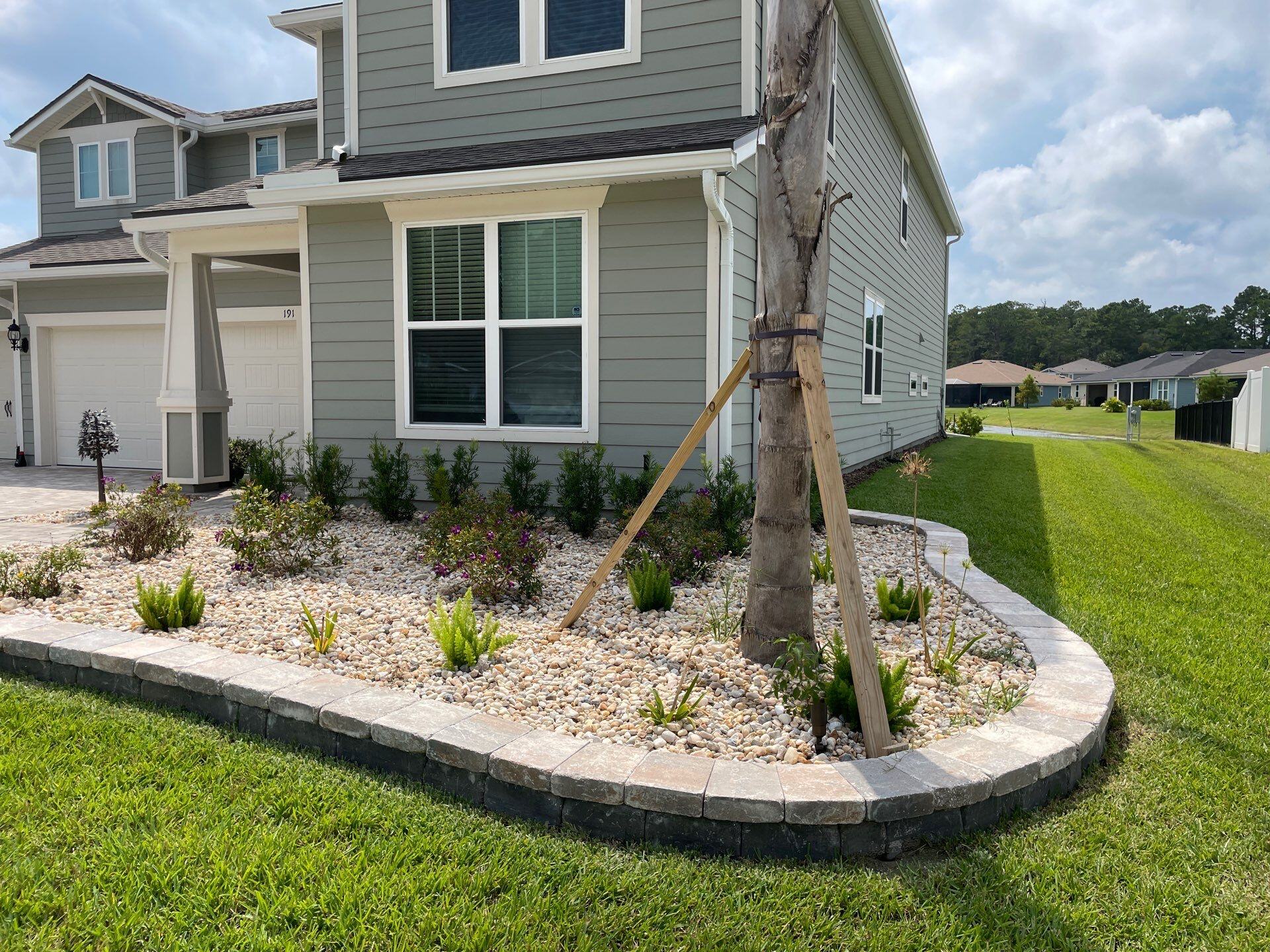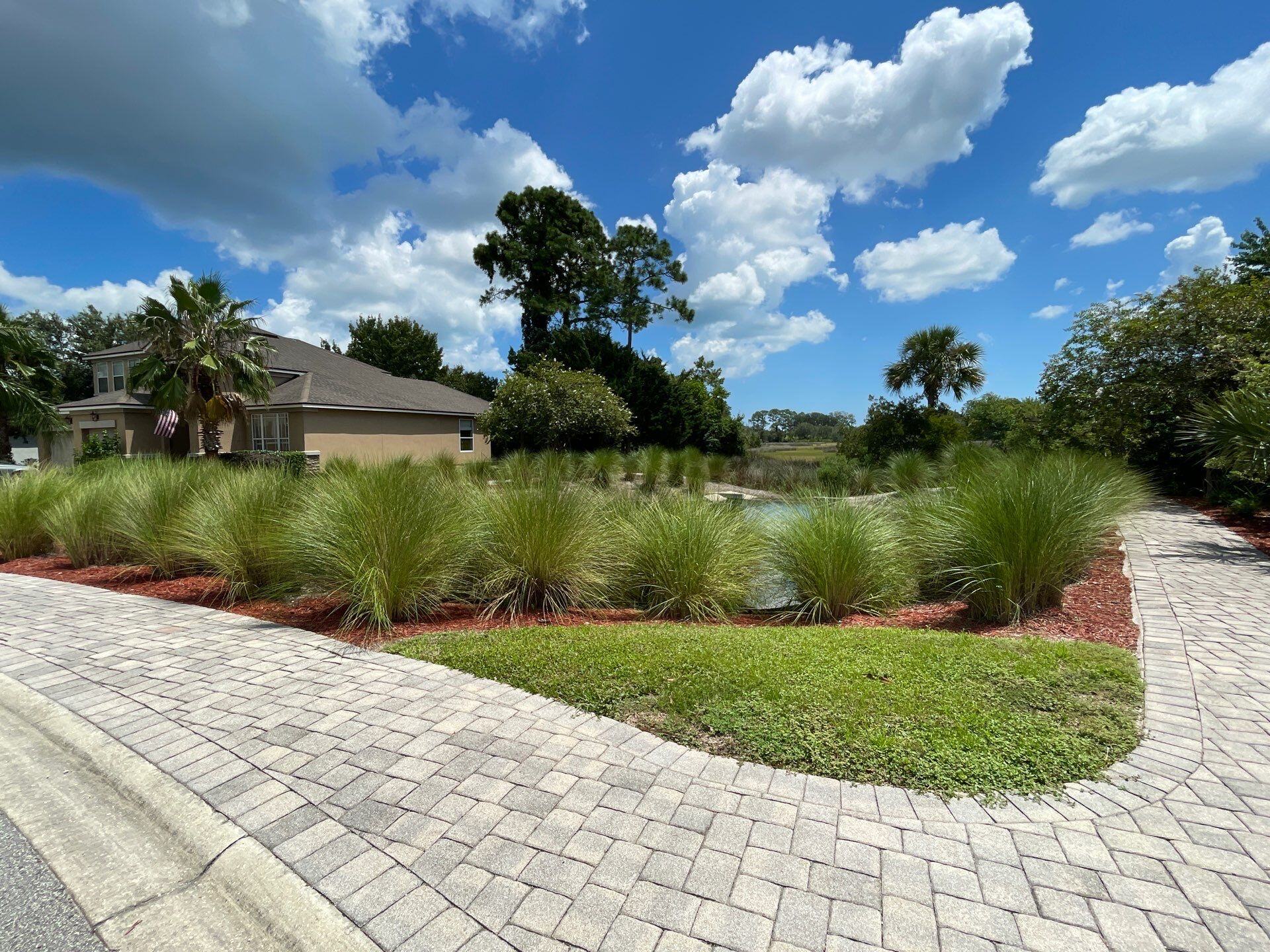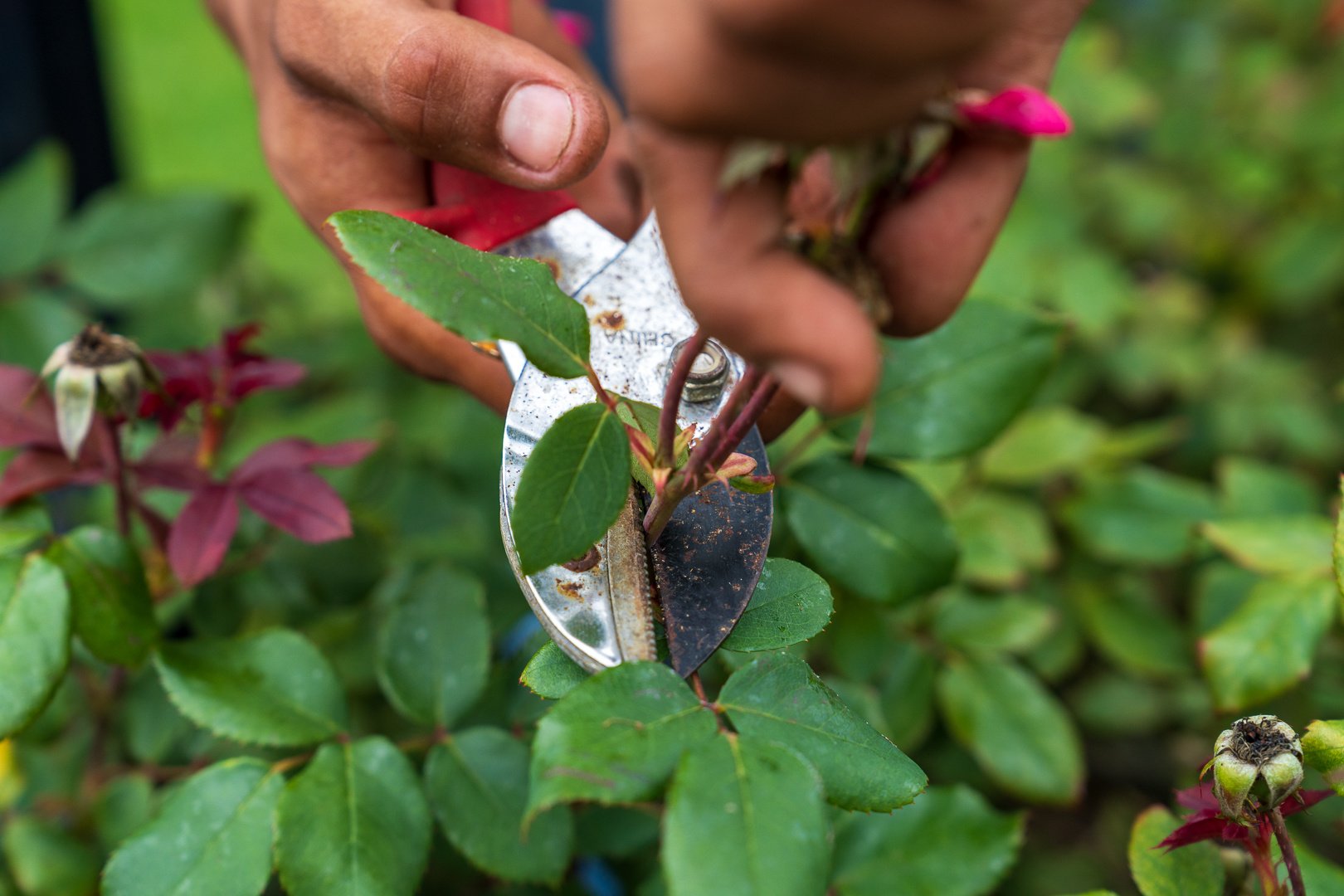
Austin Wheatley
How To Care For A Sago Palm
The Sago Palm is hardy and easy to care for, which makes it a great indoor potted plant for beginners and experienced plant owners. It’s not actually a palm but a cycad (a prehistoric family of plants), though its palm-like leaves make it easy to see how this little guy got its nickname.
It is important to note that the sago palm is toxic to humans and animals, so keep it well out of reach of children and pets. Wear gloves when working closely with your sago and wash your hands after touching the plant.
HOW MUCH SHOULD I WATER MY SAGO PALM?
Getting the soil’s moisture level correct is vital to the care of a sago palm. Soggy soil creates an environment for diseases such as stem rot, while soil that is too dry can cause stress. Deep, regular watering is best because it will promote a deeper root system than frequent, shallow watering. Provide 1 inch of water weekly during the summer, but make sure the soil has dried out in the top 3 inches before watering again. Increase watering if the sago palm shows signs of heat stress and stop watering during rainy weather.

HOW SHOULD I FERTILIZE MY SAGO PALM?
Sago palms almost never need to be fertilized. With only one or two spurts of growth throughout the year, they only need to be fertilized if they show signs of nutrient deficiency such as yellowed fronds or excessively slow growth patterns.
If this is the case, applying a slow-release, organic fertilizer, such as blood or bone meal, may help, as will feeding with a palm formula fertilizer applied at a rate of 1 pound per 100 square feet of garden area. Apply the fertilizer in mid-spring and early fall, on moist soil to prevent damage to the shrub’s coralloid roots.
WHAT ABOUT PRUNING AND GROOMING MY SAGO PALM?
With their dense crowns and symmetrical growth habits, sago palms do not need pruning to look attractive. They may need tidying up throughout the year to remove dead, damaged or discolored fronds. Snip off the unwanted frond at the base using pruners but be careful not to nick or puncture the growing point where the leaves emerge. Prune off any cold-damaged fronds in spring after the weather warms and normal growth resumes.
COMMON SAGO PALM PROBLEMS
The most common sago palm issue is yellowing and browning leaves. This happens naturally as the plant ages and goes through dormancy periods because it is conserving nutrients for future growth and allowing old leaves to die off. However, if you notice yellowing, browning, or dropping of new leaves on your sago, this can indicate deficiencies in the soil or even damage from insects. Reach out if you think your sago is infested with pests and we’ll be happy to help.
These sago palm maintenance tips should prepare you to begin a confident journey with your new Sago Palms, a journey in which we know you will be satisfied with this Florida favorite.

Austin Wheatley
.png)


